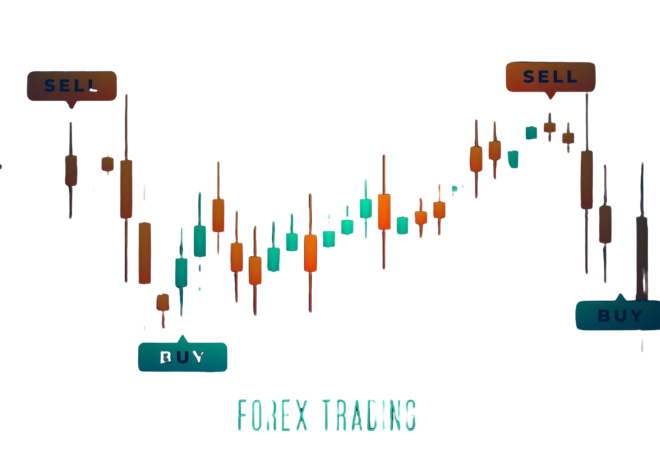
A Beginner’s Guide to Forex Data APIs and Their Benefits
The world of foreign exchange trading is vast and complex, but the right tools can make navigating it significantly easier. One of the most powerful tools available to traders and developers is the foreign currency exchange API. In this comprehensive guide, we will delve into the intricacies of forex data APIs, explore their benefits, and highlight some of the best free forex API options available.
Understanding Forex Data APIs
What is a Forex Data API?
A forex data API (Application Programming Interface) is a software interface that allows different applications to communicate with each other. In the context of forex trading, these APIs enable users to access up-to-date and historical foreign exchange data from various sources. This data can include currency conversion rates, historical exchange rates, and real-time market data.
How Forex Data APIs Work
Forex data APIs work by sending requests to a server that houses the forex data. The server processes these requests and returns the requested data in a structured format, such as JSON or XML. This allows developers to integrate this data into their own applications, websites, or trading platforms seamlessly.
Benefits of Using Forex Data APIs
1. Real-Time Data Access
One of the most significant advantages of using a foreign currency exchange API is the ability to access real-time forex data. This is crucial for traders who need up-to-the-minute information to make informed trading decisions. Real-time data access ensures that you are always working with the latest market information, which can greatly enhance your trading strategies.
2. Historical Data Retrieval
In addition to real-time data, many forex data APIs also provide access to extensive historical data. This can be invaluable for back-testing trading strategies, conducting market analysis, and identifying long-term trends. Historical data can help traders understand how different currencies have performed over time and make predictions about future movements.
3. Automation and Efficiency
Forex data APIs enable the automation of various trading processes. For instance, you can set up automated trading systems that execute trades based on predefined criteria. This not only saves time but also reduces the potential for human error. Automation can enhance your trading efficiency and ensure that you never miss an opportunity due to manual delays.
4. Customization and Flexibility
Another significant benefit of forex data APIs is their flexibility. Developers can tailor the data integration to suit specific needs and requirements. Whether you need data for a mobile trading app, a web-based platform, or an algorithmic trading system, APIs provide the customization options necessary to create a seamless user experience.
5. Cost-Effectiveness
Many free forex API options are available, making it possible to access valuable forex data without incurring high costs. Free APIs often provide a substantial amount of data and functionality, making them suitable for individual traders and small businesses. This cost-effectiveness allows more traders to benefit from high-quality forex data.
Choosing the Right Forex Data API
Factors to Consider
When selecting a forex data API, it’s essential to consider several factors to ensure you choose the best one for your needs. These factors include:
- Data Accuracy and Reliability: Ensure the API provides accurate and reliable data from reputable sources.
- Coverage and Range: Look for an API that offers comprehensive coverage of currency pairs and markets.
- Ease of Integration: The API should be easy to integrate with your existing systems and applications.
- Rate Limits and Usage: Be aware of any rate limits and usage restrictions, especially if you plan to make a high volume of requests.
- Support and Documentation: Good customer support and thorough documentation can significantly ease the integration process.
Top Free Forex APIs
Several free forex API options stand out for their quality and reliability. Here are some of the top choices:
1. ExchangeRate-API
ExchangeRate-API provides accurate exchange rate data for over 160 currencies. It offers free access with generous rate limits, making it an excellent choice for both small projects and larger applications. The API is known for its simplicity and ease of integration.
2. Open Exchange Rates
Open Exchange Rates offers a free tier that provides access to real-time exchange rates for 170 currencies. The API is well-documented and supported, making it a popular choice among developers. The free plan includes basic features suitable for many applications.
3. Currencylayer
Currencylayer provides real-time and historical exchange rate data for 168 currencies. The free plan offers a limited number of API calls per month, which is sufficient for many use cases. Currencylayer is appreciated for its accuracy and comprehensive data coverage.
4. Alpha Vantage
Alpha Vantage is a robust option that provides free access to forex data along with other financial data, including stock and cryptocurrency information. The API offers a wide range of data points and is highly flexible, making it a favorite among developers who need comprehensive financial data.
Integrating Forex Data APIs
Step-by-Step Integration Guide
Integrating a forex data API into your application involves several steps. Here’s a general guide to help you get started:
- Sign Up and Obtain API Key: Register with the API provider and obtain an API key. This key will be used to authenticate your requests.
- Read Documentation: Thoroughly read the API documentation to understand the available endpoints, request parameters, and response formats.
- Set Up Development Environment: Configure your development environment to handle API requests. This may involve installing libraries or tools specific to your programming language.
- Make Initial Requests: Use the API key to make initial requests to the API endpoints. Test the responses to ensure you are receiving the expected data.
- Integrate and Test: Integrate the API into your application, ensuring that it works seamlessly with your existing systems. Conduct thorough testing to verify the integration.
- Monitor and Optimize: Continuously monitor the API usage and performance. Optimize your integration to handle any rate limits or usage restrictions.
Best Practices for API Integration
- Handle Errors Gracefully: Ensure your application can handle errors, such as network issues or invalid API responses, without crashing.
- Secure API Keys: Keep your API keys secure and avoid exposing them in client-side code.
- Respect Rate Limits: Be mindful of the API’s rate limits and optimize your requests to stay within these limits.
- Use Caching: Implement caching strategies to reduce the number of API requests and improve performance.
Conclusion
A foreign currency exchange API is an invaluable tool for traders and developers looking to access real-time and historical forex data. These APIs offer numerous benefits, including real-time data access, automation, customization, and cost-effectiveness. By choosing the right API and following best practices for integration, you can enhance your trading strategies and improve your application’s performance.
For those starting, there are several excellent free forex API options to consider, each offering unique features and capabilities. Whether you are a seasoned trader or a developer building a financial application, leveraging the power of forex data APIs can provide a significant edge in the competitive world of forex trading.



